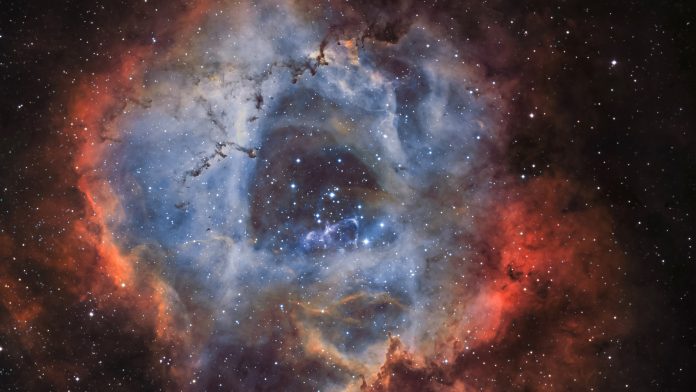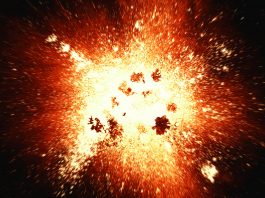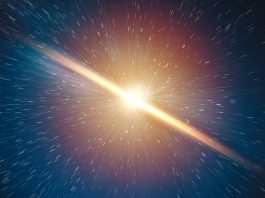A neoteric study has potentially provided fresh insights on the inception of the Big Bang, explaining how everything we know came into existence.
The research, conducted by scientists from the University of Copenhagen, investigated Quark-Gluon Plasma, the very first matter in existence when the Big Bang occurred around 14 billion years ago, providing new information of what happened in the very first microsecond of the Universe. Their findings have been published in the journal Physics Letters B.
Despite having a considerable understanding of how the Universe evolved from a hot and dense state to the radical expansion that created atoms, particles, stars, and galaxies, our comprehension of the first moments of the Big Bang remained inconclusive until now.
You Zhou, an Associate Professor at the Niels Bohr Institute, University of Copenhagen, said: “We have studied a substance called Quark-Gluon Plasma that was the only matter which existed during the first microsecond of Big Bang. Our results tell us a unique story of how the plasma evolved in the early stage of the Universe.
“First, the plasma that consisted of quarks and gluons was separated by the hot expansion of the Universe. Then the pieces of quark reformed into so-called hadrons. A hadron with three quarks makes a proton, which is part of atomic cores. These cores are the building blocks that constitute Earth, us, and the Universe that surrounds us.”
In the first 0.000001 second of the Big Bang, Quark-Gluon Plasma was the only matter present, subsequently disappearing due to the radical expansion of the Universe; however, by utilising CERN’s Large Hadron Collider, the team were able to recreate these conditions to analyse what truly happened at the start of it all.
Zhou said: “The collider smashes together ions from the plasma with great velocity – almost like the speed of light. This makes us able to see how the QGP evolved from being its own matter to the cores in atoms and the building blocks of life.
“In addition to using the Large Hadron Collider, the researchers also developed an algorithm that is able to analyse the collective expansion of more produced particles at once than ever possible before. Their results show that the QGP used to be a fluent liquid form and that it distinguishes itself from other matters by constantly changing its shape over time.
“For the longest time, researchers thought that the plasma was a form of gas, but our analysis confirms the latest milestone measurement, where the Hadron Collider showed that QGP was fluent and had a smooth, soft texture like water. The new details we provide is that the plasma has changed its shape over time, which is quite surprising and different from any other matter we know and what we would have expected.”
“Every discovery is a brick that improves our chances of finding out the truth about Big Bang. It had taken us about 20 years to find out that the Quark-Gluon Plasma was fluent before it changed into hadrons and the building blocks of life. Therefore, our new knowledge on the ever-changing behaviour of the plasma is a major breakthrough for us.”









